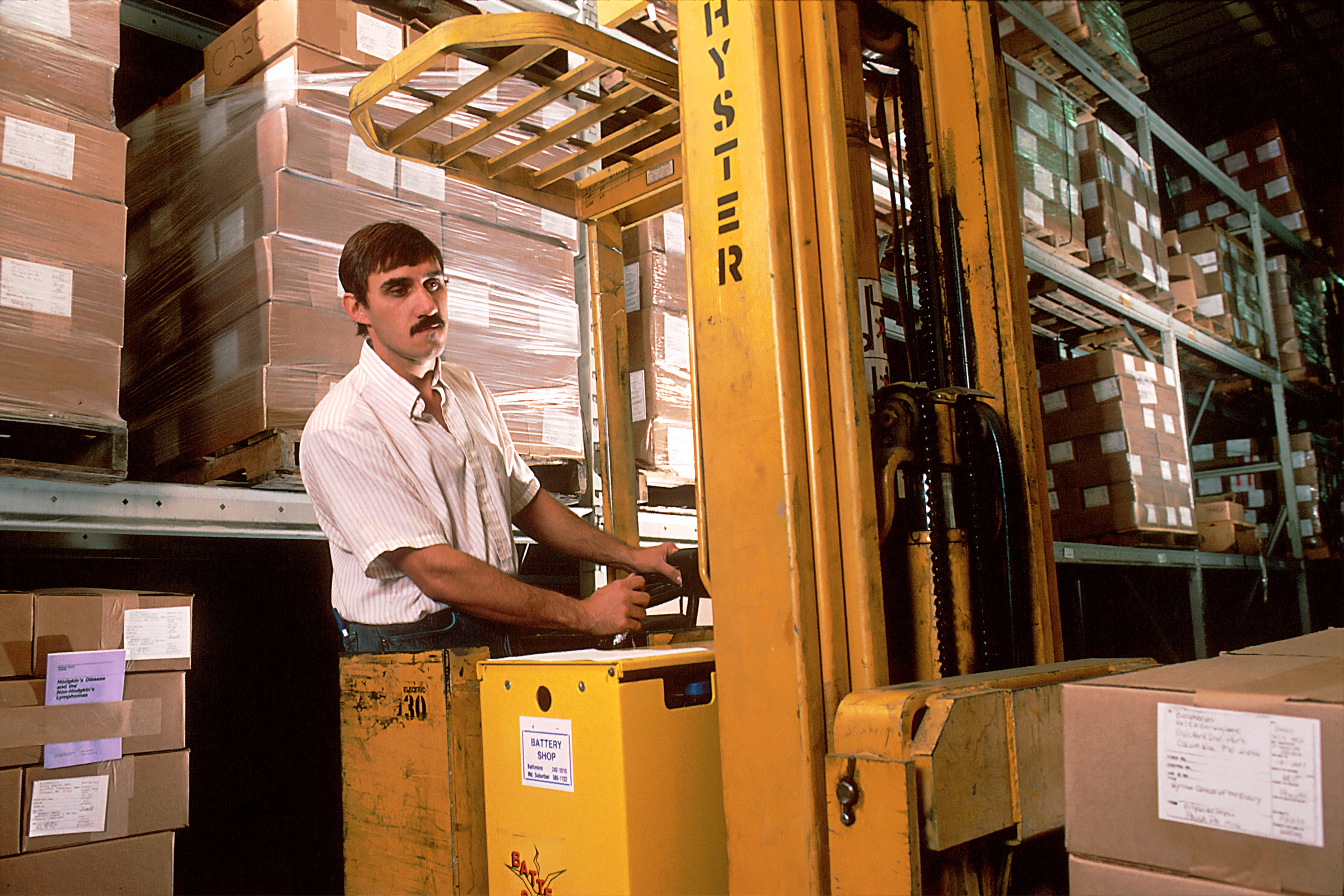All food industry professionals: production plants, restaurants, food stores, market stalls, transporters… are subject to certain standards and obligations. In order to guarantee the health of consumers, several rules have been established for the transport and preservation of perishable foodstuffs. So, without further ado, let’s dive into this blog and learn some of the things you ought to know about food transportation.
Conditions related to the transport vehicle

The export of perishable foods in a city, a region, a country, or a continent requires the use of an adequate means of transport. This is to preserve their quality and avoid loss. Road or rail transport is preferred to transport food products within the same country or continent. Of course, air or sea transport is designed for shipping food to another continent. If the products to be sold have a limited shelf life, it is better to transport them by air.
The vehicle used to transport the foodstuffs must be sound and well maintained. Similarly, the container in which the food is kept should be easy to clean and disinfect. These measures are important, especially if the vehicle transports foodstuffs of any kind or other goods alternately. After each loading, the van or truck always needs to be cleaned.
According to the decree of December 19, 2007, on the technical conditions for transporting foodstuffs under controlled temperature, the use of special equipment is mandatory for the shipment of perishable foodstuffs. These are vehicles that meet the ATP specifications, such as isothermal, refrigerated, cooling, or heating vehicles. To avoid contamination of perishable foodstuffs, products of different categories must be properly segregated in suitable, hermetically sealed containers. This applies to the storage of foodstuffs.
Conditions related to the container
The container must guarantee the preservation of the quality of the transported food. When exposed to high temperatures for an extended period of time, food products perish more quickly. It develops micro pathogenic organisms, toxins, and enzymes that harm consumers’ health. Therefore, it is essential to choose the right container in order to avoid the degradation of the food.
This is why it is essential to manage the cold chain to prevent temperature variations. Perishable foods must be transported in an insulated container that meets the requirements of the standards. This one allows keeping the temperature adapted to their conservation throughout the transport. Supermarkets, food distributors, collective restaurants, and other professionals are required to use this type of container.
There are three insulated containers on the market: refrigerated cabinets with door-type openings, cold boxes that open from the top, and small-capacity refrigerated boxes. In addition, it is forbidden to transport dangerous goods that could contaminate foodstuffs before, during, and after loading.
Conditions related to the cold chain and hot links
In order to avoid the deterioration of foodstuffs during transport, they must be kept at a certain temperature. For frozen products, the required temperature is below -18°C or even -12°C. As for refrigerated foods such as milk, meat, and cheese…, the maximum temperature must never exceed 7°C, except for certain products whose conservation temperature is determined by the manufacturer.
In any case, the vehicle used to transport refrigerated, frozen, and deep-frozen foods must be equipped with a device to monitor the air temperature regularly. The delivery of hot meals is also subject to temperature regulations. Indeed, the temperature must not be below 63°C until the arrival of the meal at the destination.
Types of fresh and frozen food products that can be transported
We offer our customers the transport of fresh and frozen products according to the required temperatures with, in each of our agencies, positive and negative cold rooms monitored 24/7. The fresh products are transported between 0 and 4 degrees in respect of the cold chain. We take care of different types of goods: meat (except minced meat), vegetables, cheese, pastries, chocolate, and oysters.
We handle all food products (ice cream, meat, vegetables…), including minced meat. Some products require specific insulating packaging (for example, for fruit and vegetables, the ideal transport temperature is +8°C). A particular process has been deployed for seafood products with a refrigerated transport between 0 and 2 degrees. For the transport of frozen or deep-frozen products, we transport and maintain these goods down to -18 degrees. Our consultants are at your disposal to explain the process and the best packaging methods.
Sound off in the comments section below and tell us what you want to read next and if you want to read more about food transportation.

